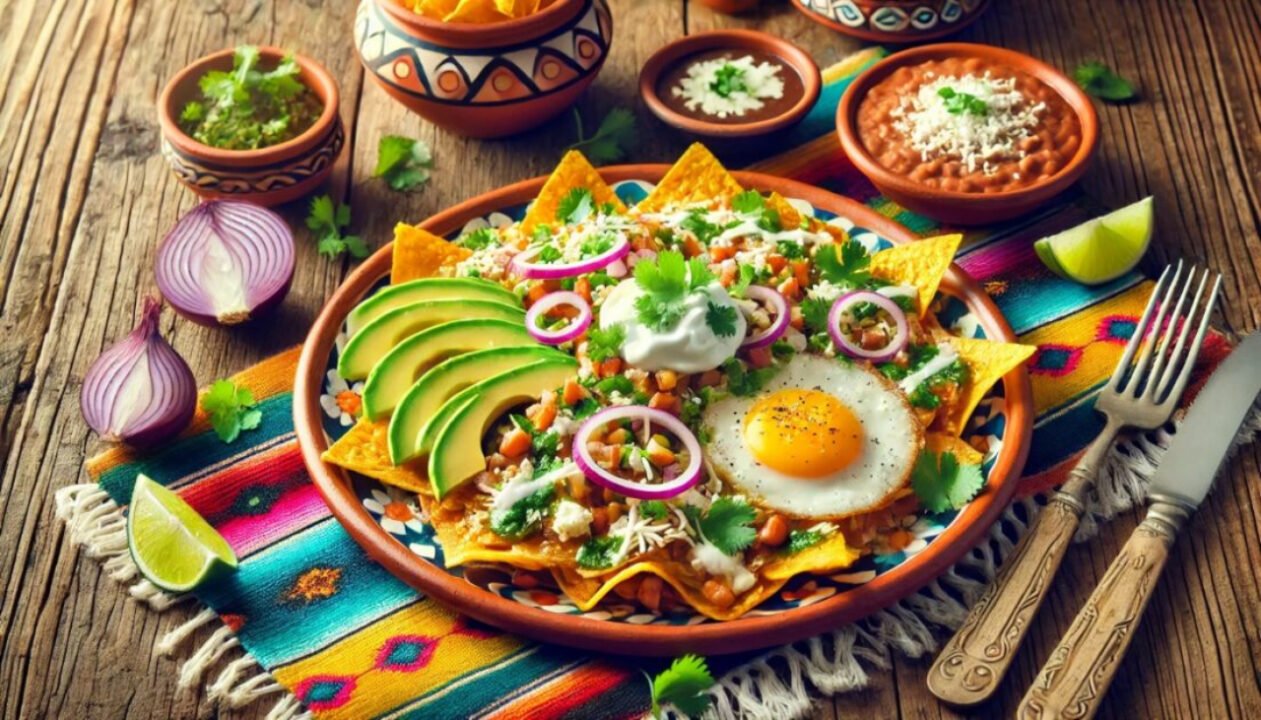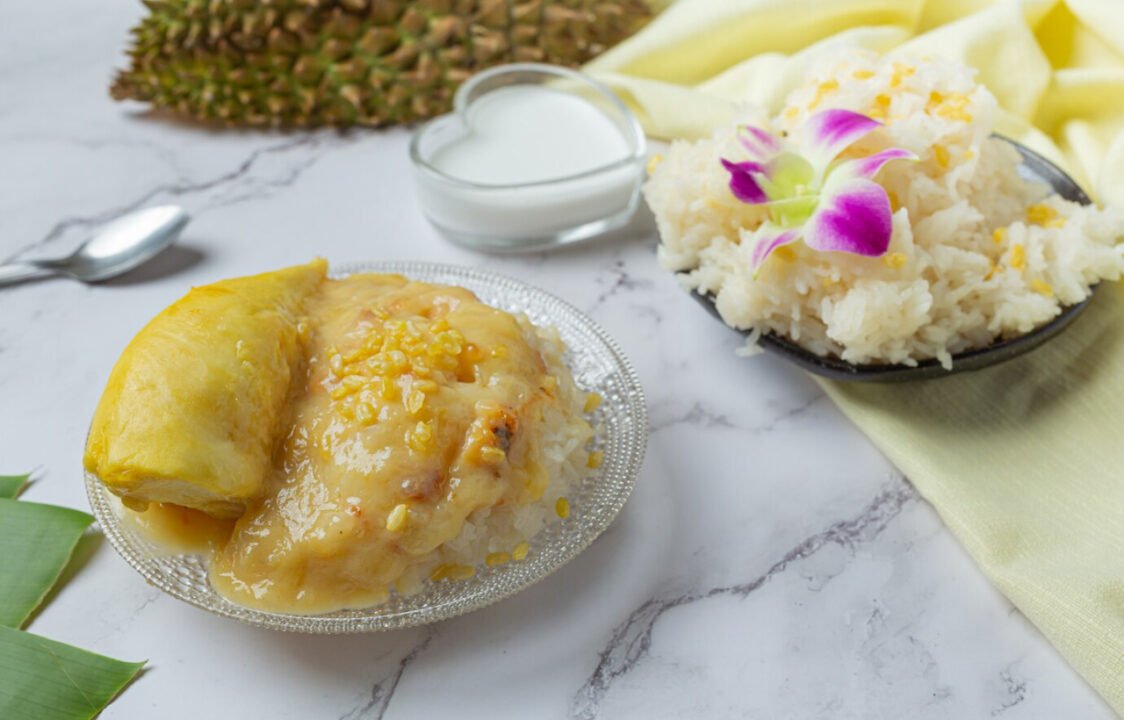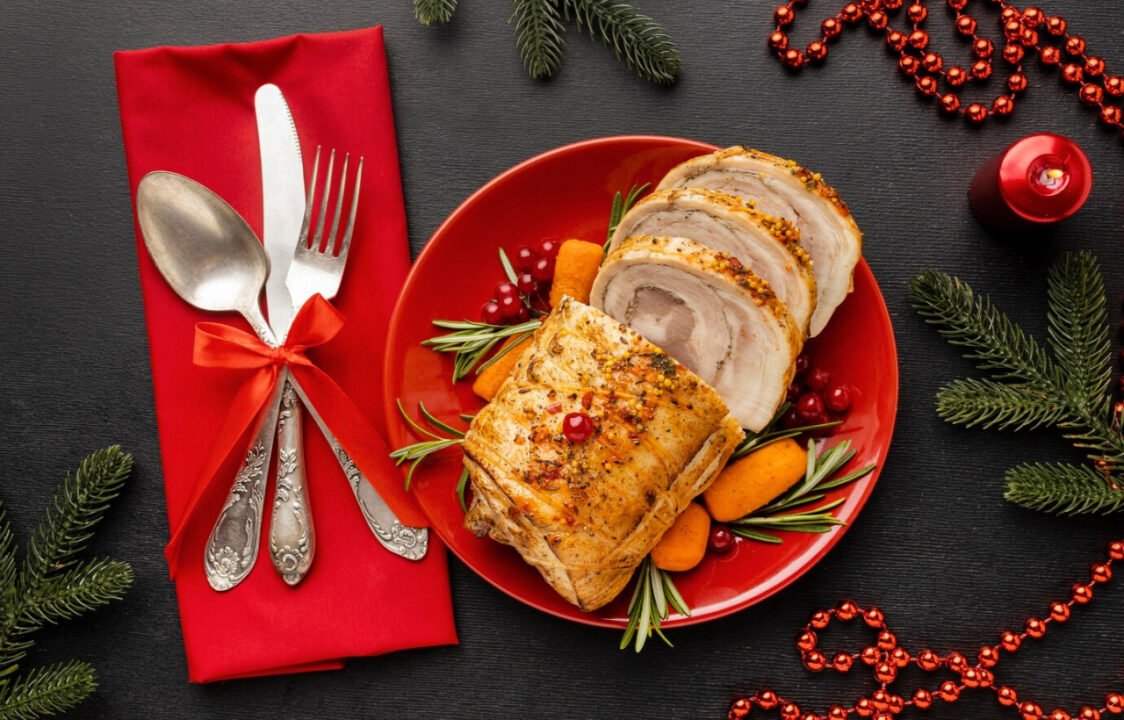Chilaquiles, a beloved traditional Mexican dish, have a unique blend of flavors and cultural significance that make them a staple on breakfast tables across Mexico and beyond. Celebrating chilaquiles means appreciating both their rich culinary history and their ability to adapt to regional flavors and personal preferences. From their origins to a wide variety of preparation methods, chilaquiles have become an integral part of Mexican food culture, inspiring food lovers and chefs worldwide. This article will explore the heritage, variations, and essential tips for making perfect chilaquiles at home.
Celebrating Chilaquiles: A Mexican Classic With a Rich History
Chilaquiles, a term derived from the Nahuatl word “chīlāquilitl,” meaning “herbs or greens in chili broth,” reflects the dish’s traditional roots in Mexico’s indigenous cultures. Initially made as a simple dish to use up leftover tortillas, chilaquiles have evolved into a culinary masterpiece representing Mexican cuisine at its finest. Originally served as a comforting breakfast, chilaquiles have made their way to lunch and even dinner menus. Celebrating chilaquiles is more than just savoring a meal; it’s about honoring Mexican heritage and the creativity that goes into cooking.
You May Also Like: Summer Sausage: Flavor, Recipes, and Pairing Guide
Key Ingredients That Make Chilaquiles Unforgettable
At its core, chilaquiles consist of tortillas, salsa, and various toppings, but the ingredients and preparation techniques can vary widely. The tortillas are typically cut into wedges, fried until crispy, and then mixed with salsa to create a flavorful, satisfying dish. The magic lies in balancing a few essential ingredients that bring out the dish’s rich taste and texture:
- Tortillas: Traditional recipes use corn tortillas, which are fried to perfection. The texture they provide allows them to absorb the salsa without becoming too soggy.
- Salsa: Green or red salsa, often made with tomatillos or tomatoes, adds the main flavor component. The choice of salsa can significantly impact the final taste.
- Cheese: A crumbly Mexican cheese, like cotija, is commonly added to top chilaquiles, enhancing its flavor profile.
- Protein: Some variations add eggs, shredded chicken, or even steak, making the dish more filling and flavorful.
These ingredients combine to create a balance between crispy and soft textures, savory and spicy flavors, and a blend of fresh and rich toppings.
The Cultural Significance of Chilaquiles in Mexican Food Traditions
In Mexico, chilaquiles are much more than a simple dish—they are a beloved tradition that speaks to the country’s vibrant and evolving food culture. Many families have their own unique recipe, often passed down through generations. Celebrating chilaquiles is particularly common during festive occasions and family gatherings. These gatherings allow for a culinary experience where different family members may contribute their personal twist to the recipe, making the dish a unique expression of familial bonds and cultural heritage.
Chilaquiles also play a role in Mexican healing traditions. Often referred to as a hangover cure, the combination of carbs, proteins, and spicy salsa has long been touted as the perfect remedy for a night of celebration. This reputation adds an additional layer of fondness to the dish. As it’s enjoyed by people of all ages as both a comfort food and a “cure.”
How to Make Authentic Chilaquiles: A Step-by-Step Guide
Creating an authentic dish is key when celebrating chilaquiles. The process of making chilaquiles is simple yet requires careful attention to each step. Here’s a classic recipe to try at home, along with some essential tips to make it perfect:
Ingredients
- 8 corn tortillas, cut into triangles
- 2 cups salsa (red or green, as preferred)
- 1/2 cup crumbled cotija cheese
- 1/4 cup sour cream
- 1 avocado, sliced
- 2 tablespoons chopped cilantro
- Salt and pepper, to taste
- Oil for frying
Instructions
- Prepare the Tortillas: Heat oil in a skillet over medium-high heat. Fry the tortilla triangles in batches until they turn golden and crispy. Drain them on paper towels and season with a little salt.
- Heat the Salsa: In a separate pan, warm the salsa over medium heat until it simmers. Taste and season as needed.
- Combine and Serve: Toss the crispy tortilla chips in the warmed salsa until they’re evenly coated but still slightly crispy. Serve with toppings like cotija cheese, sour cream, avocado, and chopped cilantro for a perfect finish.
This version is a classic approach, but once the basics are mastered, you can personalize the recipe with your favorite toppings and variations.
Regional Variations That Make Celebrating Chilaquiles Unique
Chilaquiles are a flexible dish, with recipes that can vary significantly across different regions in Mexico. Each variation brings unique flavors and ingredients that contribute to the depth of the dish’s appeal:
- Chilaquiles Rojos: Made with a red tomato-based salsa, these are popular in the north of Mexico.
- Chilaquiles Verdes: Prepared with a green salsa made from tomatillos, these are popular in the central and southern regions.
- Chilaquiles with Mole: In some parts of Mexico, mole sauce replaces traditional salsa, giving the dish a complex, earthy flavor.
These regional differences add to the cultural richness of celebrating chilaquiles, allowing people to taste Mexico’s diversity through one comforting plate.
Tips for Perfecting Your Chilaquiles Every Time
Perfecting chilaquiles requires attention to a few key details, ensuring that each component shines without overpowering the others. Here are some tips to consider when celebrating chilaquiles:
- Fry the Tortillas Properly: The key to achieving the ideal texture lies in frying the tortillas until crispy, so they don’t become overly soft in the salsa.
- Choose Quality Salsa: Since salsa is the main flavor, high-quality, fresh ingredients make a significant difference.
- Add Toppings Last: For the best results, add toppings like cheese, avocado, and sour cream just before serving.
With these tips, you’ll be well on your way to mastering the art of chilaquiles, making each meal a celebration in itself.
How Chilaquiles Have Gained International Popularity
In recent years, chilaquiles have gained recognition far beyond Mexico’s borders, becoming a popular dish in the United States and around the world. Celebrating chilaquiles has taken on a global dimension, as chefs and food enthusiasts add their own twist to this Mexican classic. The rise of Mexican food trucks, restaurants, and cookbooks has helped spread awareness of chilaquiles as a versatile, comforting dish that appeals to a wide range of tastes.
The adaptability of chilaquiles has also contributed to their international success. From vegetarian options to breakfast bowls, the dish continues to evolve. Allowing people to appreciate Mexican flavors in new and exciting ways.
Serving Suggestions for a Complete Chilaquiles Meal
Chilaquiles are often served with beans, rice, or eggs, depending on the meal and occasion. When celebrating chilaquiles for breakfast, scrambled or fried eggs make an ideal pairing, adding protein and richness. For a heartier lunch or dinner, black beans or refried beans can complement the dish, while rice provides a satisfying side. Fresh fruit or a light salad can also balance the dish, offering a refreshing contrast to the richness of the salsa and toppings.
Celebrating Chilaquiles in Modern Mexican Cuisine
Modern Mexican cuisine has embraced chilaquiles, with chefs creating gourmet versions that incorporate unexpected ingredients like truffle oil, seafood, or exotic spices. In upscale restaurants, you may find chilaquiles served with braised meats, artisanal cheeses, or unique salsas that add layers of complexity to this traditional dish. By celebrating chilaquiles in creative ways, chefs are keeping the tradition alive while also introducing it to new audiences and contexts.
Chilaquiles and Family Celebrations
In Mexico, chilaquiles hold a special place in family gatherings and celebrations. Whether it’s a weekend breakfast or a festive occasion, chilaquiles bring families together. Each family often has its own variation, with specific toppings, salsa choices, and serving styles that reflect personal preferences and family traditions. This connection to family and community underscores why celebrating chilaquiles is about more than just a delicious meal—it’s about shared memories and heritage.
FAQs
What are chilaquiles made of?
Chilaquiles are traditionally made with fried tortilla chips, salsa (red or green), and various toppings like cheese, sour cream, and avocado.
Are chilaquiles breakfast or lunch food?
In Mexico, chilaquiles are commonly served for breakfast, but they can be enjoyed at any time of day.
What’s the difference between chilaquiles rojos and verdes?
Chilaquiles rojos are made with a red tomato-based salsa, while chilaquiles verdes use a green tomatillo-based salsa.
How can I make my chilaquiles crispy?
To keep chilaquiles crispy, fry the tortilla chips until golden and add the salsa just before serving.
Can chilaquiles be made vegan?
Yes, by using plant-based toppings and vegan cheese, chilaquiles can easily be made vegan.
Is chilaquiles similar to nachos?
While both use tortilla chips, chilaquiles are coated in salsa, whereas nachos are typically topped with cheese and baked.
What pairs well with chilaquiles?
Eggs, beans, rice, and fresh fruit make excellent sides for chilaquiles, depending on the meal and occasion.
Conclusion
Celebrating chilaquiles is about enjoying a dish that represents Mexico’s culinary creativity, history, and warmth. From simple family recipes to modern twists, chilaquiles continue to be loved worldwide. Their versatility and comforting flavors make them perfect for any occasion, allowing everyone to partake in this cherished Mexican tradition. Embracing the essence of chilaquiles means more than just savoring a meal—it’s a celebration of culture, community, and the joy of good food.





